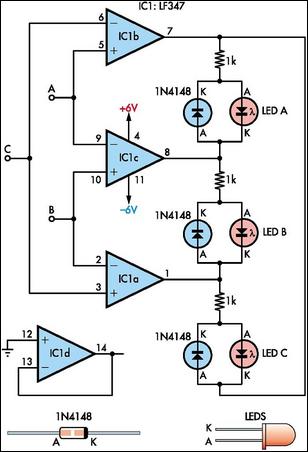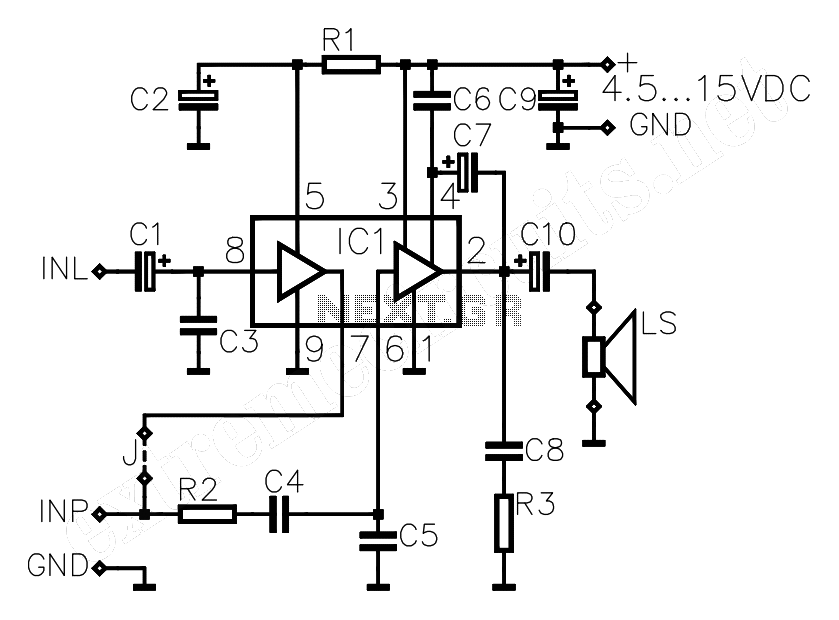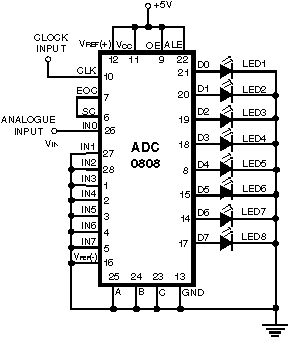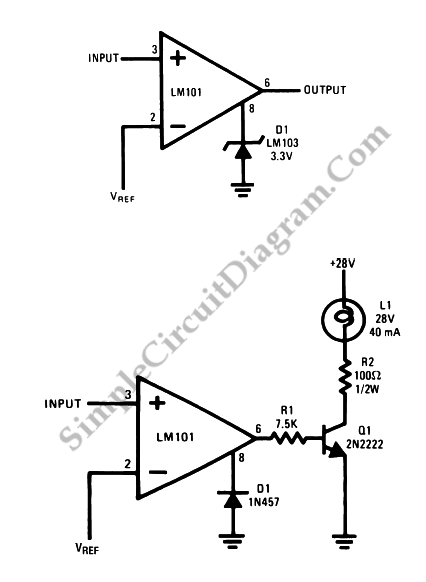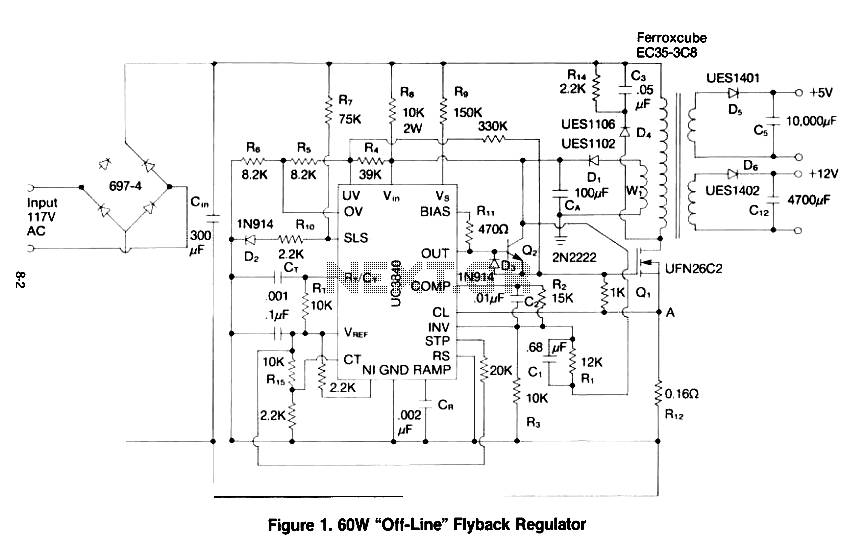
Simple LM317 variable voltage supply does it limit current too
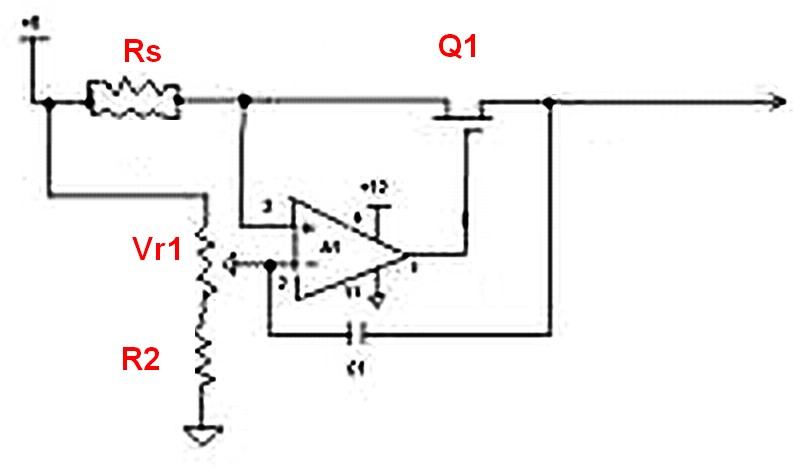
Assuming a 5V output can be achieved after adjusting the potentiometer, will the 240-ohm resistor limit the current, or is there a need to add additional components? If it does limit the current, it is expected that the power rating of the resistor must be increased since current will flow through it or through the current limiter used after the regulator. A constant current source is not desired, particularly for testing a homemade solenoid or an LED. The intention is to set an upper current limit to ensure that the components function without damage, rather than forcing 500mA through a component that cannot handle it by significantly increasing the voltage above 5V.
In this circuit, a variable voltage supply is designed to provide a controlled output of 5V, adjustable via a potentiometer. The 240-ohm resistor serves as a current-limiting component, ensuring that the current flowing through the load does not exceed a predetermined value, thereby protecting sensitive devices such as LEDs or solenoids from damage due to excessive current.
To determine the appropriate power rating for the resistor, the maximum current limit must be calculated based on the desired output voltage and the resistance value. The power rating can be calculated using the formula P = I²R, where P is the power in watts, I is the current in amperes, and R is the resistance in ohms. If the expected maximum current is 500mA, the power dissipated by the resistor would be P = (0.5)² * 240 = 60 watts. Therefore, a resistor with a power rating significantly higher than this value should be selected to ensure reliability and prevent overheating.
In addition to the resistor, a current-limiting circuit may be implemented after the voltage regulator to provide further protection. This could involve the use of a transistor or an integrated circuit designed for current regulation, allowing for precise control over the maximum current supplied to the load.
The circuit should also incorporate safety features such as fuses or thermal protection to prevent damage in case of component failure or short circuits. By ensuring that the circuit design includes these considerations, the risk of damaging sensitive components while testing various loads can be minimized, allowing for a safe and effective testing environment.Assuming I can get 5V in example after adjusting the pot in real use, will the 240 ohm resistor limit the current, or do I have to add something else on top of that afterwards If it does (I can have var. voltage + current limit) I assume I will need to up the resistor power specifications as the current will flow through them (or my after-regulator limiter) Specifically, I do not want a constant current source, because testing
a home-made solenoid or a random LED I assume the upper current limit I set will let them work and not be destroyed. I want this because I wish to set a limit rather than force 500mA to go through something it does not want to by raising the voltage well above 5V for example.
🔗 External reference
In this circuit, a variable voltage supply is designed to provide a controlled output of 5V, adjustable via a potentiometer. The 240-ohm resistor serves as a current-limiting component, ensuring that the current flowing through the load does not exceed a predetermined value, thereby protecting sensitive devices such as LEDs or solenoids from damage due to excessive current.
To determine the appropriate power rating for the resistor, the maximum current limit must be calculated based on the desired output voltage and the resistance value. The power rating can be calculated using the formula P = I²R, where P is the power in watts, I is the current in amperes, and R is the resistance in ohms. If the expected maximum current is 500mA, the power dissipated by the resistor would be P = (0.5)² * 240 = 60 watts. Therefore, a resistor with a power rating significantly higher than this value should be selected to ensure reliability and prevent overheating.
In addition to the resistor, a current-limiting circuit may be implemented after the voltage regulator to provide further protection. This could involve the use of a transistor or an integrated circuit designed for current regulation, allowing for precise control over the maximum current supplied to the load.
The circuit should also incorporate safety features such as fuses or thermal protection to prevent damage in case of component failure or short circuits. By ensuring that the circuit design includes these considerations, the risk of damaging sensitive components while testing various loads can be minimized, allowing for a safe and effective testing environment.Assuming I can get 5V in example after adjusting the pot in real use, will the 240 ohm resistor limit the current, or do I have to add something else on top of that afterwards If it does (I can have var. voltage + current limit) I assume I will need to up the resistor power specifications as the current will flow through them (or my after-regulator limiter) Specifically, I do not want a constant current source, because testing
a home-made solenoid or a random LED I assume the upper current limit I set will let them work and not be destroyed. I want this because I wish to set a limit rather than force 500mA to go through something it does not want to by raising the voltage well above 5V for example.
🔗 External reference
